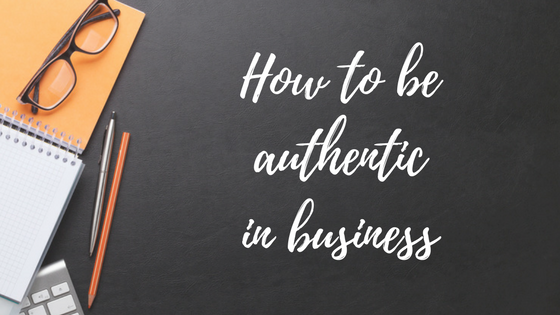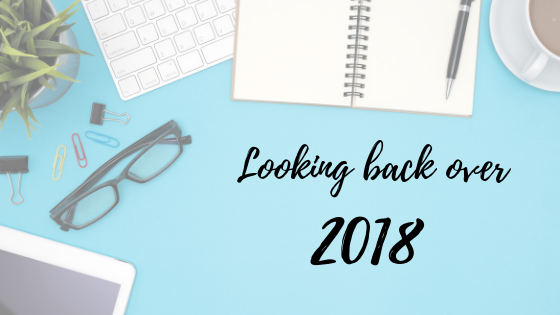Landing pages or blog posts? That’s often the quandary of business owners. Which type of content will do a better job at growing your business and attracting the right kind of customer? Both have their advantages and downsides, and choosing the right one to achieve your goals can be tricky. That’s why, last month, I wrote a blog post called Landing pages vs blog posts: Which is the best choice for your business?, in which I explained the differences and benefits of each option.
But what if you didn’t have to choose between landing pages and blog posts? What if you could use them together to boost your business? That’s exactly what this blog post is about.
Why landing pages and blog posts work well together
Let’s start by looking at what landing pages and blog posts are. You can read the full explanation in last month’s blog post but here’s a brief recap.
A landing page is designed to drive visitors to take one specific action. That might be signing up for your newsletter, downloading a freebie, or buying a product or service. It will always include a CTA (call to action).
A blog post provides information, insights, opinions, or stories that are of interest to your customers and audience. CTAs are just as important in blog posts as they are in landing pages.
Landing pages and blog posts are like two sides of a coin. They’re different, but they can work together to create a valuable whole. Landing pages are the ‘heads’ side of the coin. They’re designed to capture the attention of your visitors and persuade them to take action, like downloading your e-book or buying your product. Blog posts are the ‘tails’ side of the coin. They provide useful information, tips, insights, or stories for your readers. Blog posts educate them about your niche, your brand, or your solution.
By combining landing pages and blog posts, you can create a complete coin that offers both appeal and substance to your audience. You can use blog posts to drive traffic to your landing pages, by including relevant links or CTAs. You can also use landing pages to generate leads from your blog posts, by offering incentives or bonuses that match the topic of your content. By using both types of content in this way, you can create a seamless and effective customer journey that moves your prospects from awareness to action.
Let’s look at the benefits of using landing pages and blog posts together:
- Increase traffic, leads, and conversions.
- Build trust and authority.
- Improve visibility.
- Create a consistent brand voice and message.
- Provide value and education for your customers.
How to combine landing pages and blog posts
Now we’ve looked at why landing pages and blog posts work so well together, let’s dig in and discover how you can combine these two types of content to boost your business. We’ll use two examples to do this.
Example 1: Florist
Sue and Tom run a florist business. They want to increase their online sales and reach more customers. They decide to create a landing page and a blog post that will work together to achieve this goal.
The landing page is designed to promote a special offer: a free vase with every order of flowers over £50 for new customers who sign up to their newsletter. The landing page has:
- a clear headline that states the offer
- the benefits and delights of fresh flowers and bouquets
- a simple form that asks for the name and email address of the visitor
- a strong CTA button that says ‘Get your free vase now’
- customer reviews to act as social proof
The blog post provides information and tips on how to choose, arrange, and care for flowers at home. It has an engaging title, ‘How to make your home more beautiful with flowers’, and subheadings like ‘How to choose the right flowers for your mood and style’ and ‘How to care for your flowers and make them last longer’. The blog post also has several CTAs, including a link to the landing page, ‘Want to get a free vase with your order of flowers over £50? Click here to claim your offer now’, and a sidebar widget that says ‘Join our flower lovers community and get exclusive tips, offers, and updates. Plus, get a free vase with your order of flowers over £50 when you sign up today’.
Example 2: Insurance Broker
George owns an insurance broker business that specialises in car insurance. He and his team work in a high street shop but George wants to increase their online sales. He also wants to differentiate his business from comparison sites by showing the benefits of their human-to-human service. He decides that a landing page and blog post will work well together.
The landing page is designed to promote a special offer: a free consultation with an expert insurance broker for new customers who sign up for a free quote. The landing page has:
- a clear headline that states the offer
- an explanation of the benefits of speaking to a real person who can understand their needs and find them the best deal
- a simple form that asks for the name, email address, and phone number of the visitor
- a CTA button that says ‘Get your free consultation now’
- customer testimonials to act as social proof
The blog post provides information and useful tips on how to compare car insurance options and avoid common pitfalls. The title of the blog post is ‘Comparing car insurance options: Get it right first time and avoid those potholes’, followed by subheadings like ‘How to avoid hidden fees and exclusions’ and ‘How to avoid car insurance scams and frauds’. The blog post also has several CTAs, including a link to the landing page that says ‘Want to get a free consultation with an expert insurance broker? Click here to claim your offer now’ and a pop-up banner that says ‘Don’t waste your time and money on comparison sites. Sign up for a free consultation with an expert insurance broker and get the best deal for your needs’.
In each example, the blog post drives traffic to the landing page by providing valuable information and tips that interest the audience. The landing page takes advantage of that interest by capturing the details of visitors who click through from the blog post. Together, they move the customer from awareness to action.
*
Both blog posts and landing pages have their benefits and purposes. Blog posts can help you attract traffic, build trust and authority, and answer audience questions. Landing pages can capture leads, generate sales, and grow your mailing list. But often the best strategy is to use both types of web content together to boost your business and achieve your goals.
And as my examples have shown, it isn’t difficult to use a blog post and landing page together to move customers from finding out how your business can help them to doing something about it.
If you need help creating landing pages or blog posts (or both) that benefit your business, get in touch. I’m a freelance copywriter working with small to medium businesses on blog posts, web articles, and landing pages. Email me at fiona@fiphillipscopywriter.com


